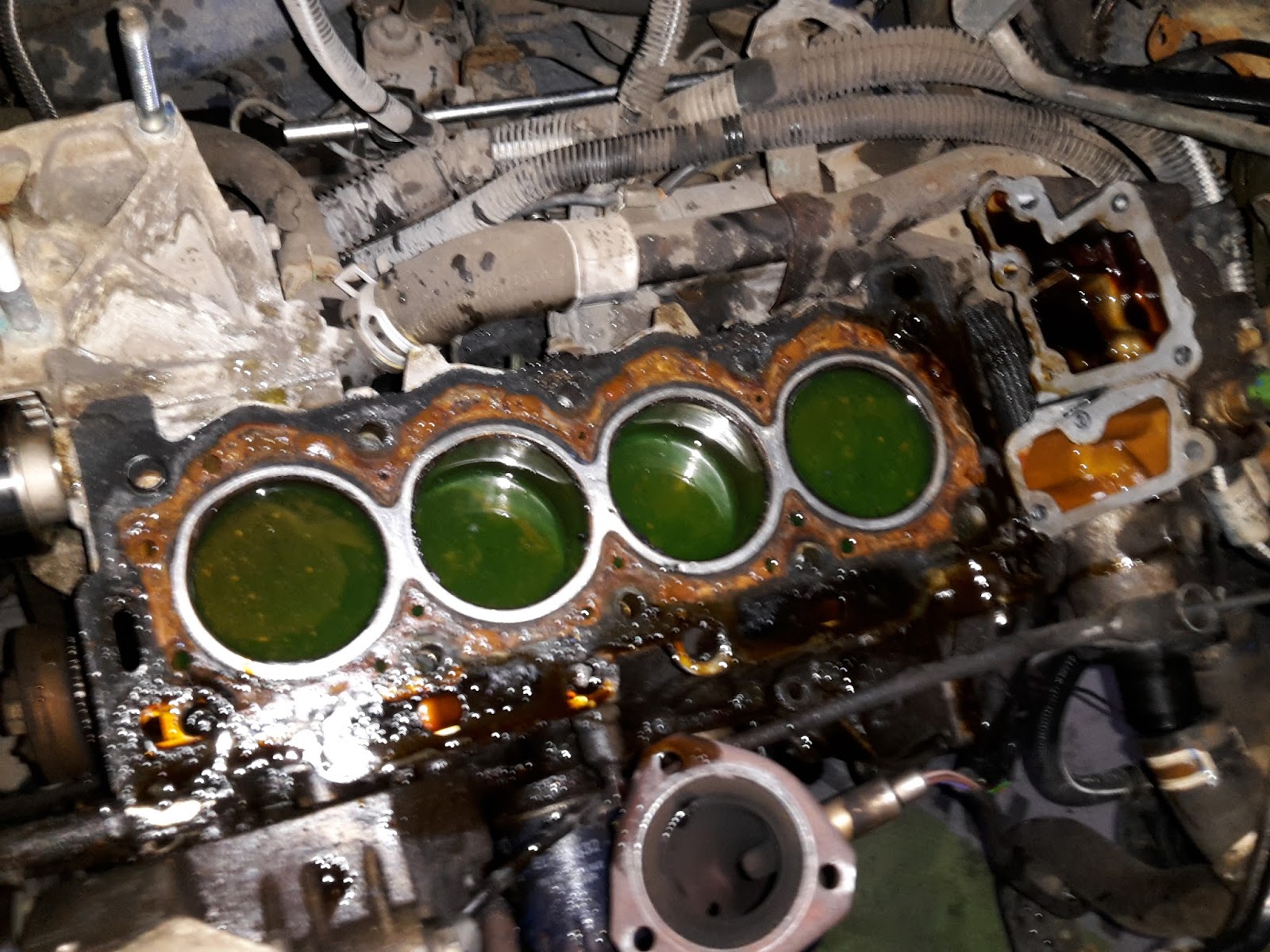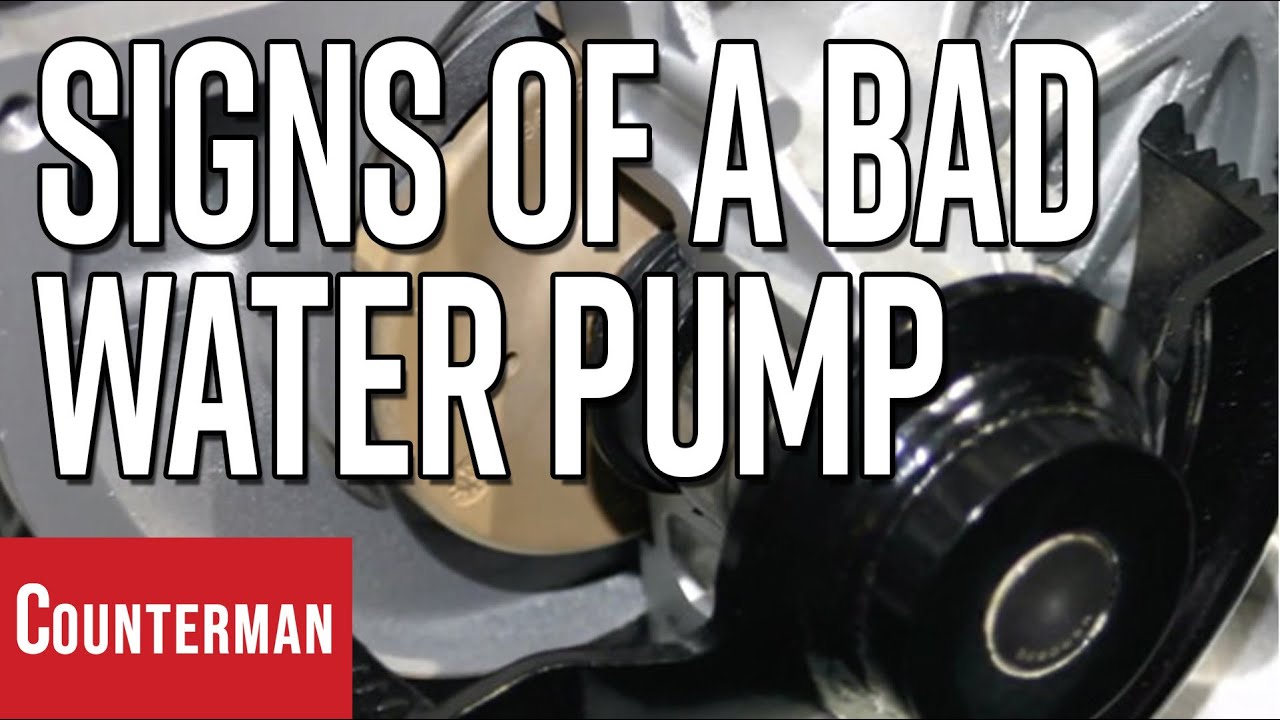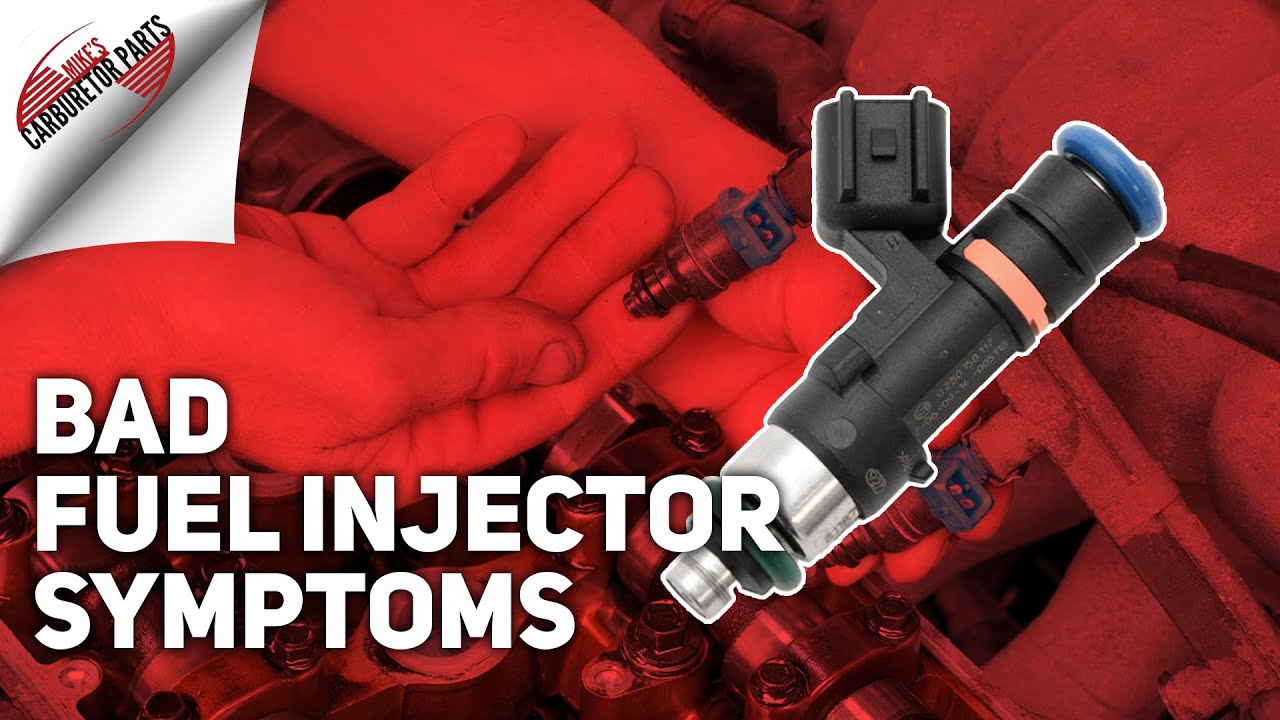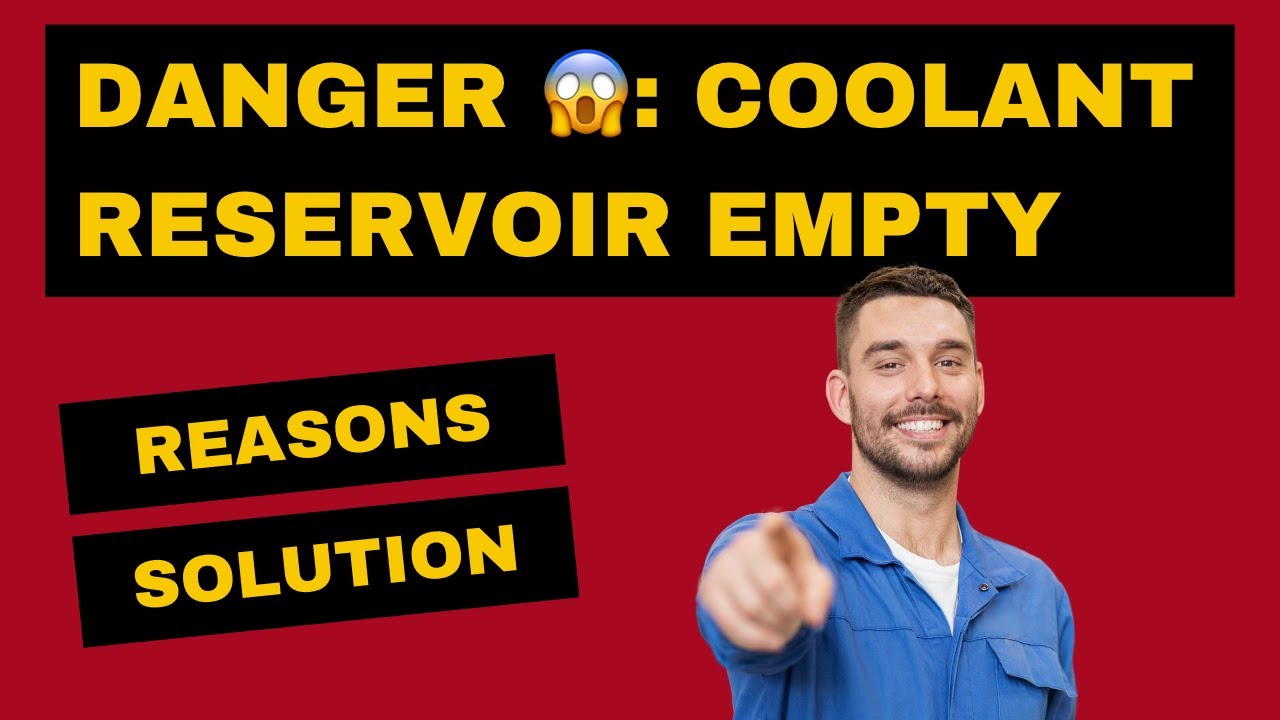Rev up your diagnostic skills and prevent engine disasters! Knowing the signs of a damaged water pump, a faulty cylinder head, and a leaking head gasket can save you from costly repairs. This article is your roadmap to identifying these common engine troubles with ease. Be your car’s hero and keep it running smoothly!
What are the Symptoms of a Damaged Water Pump?
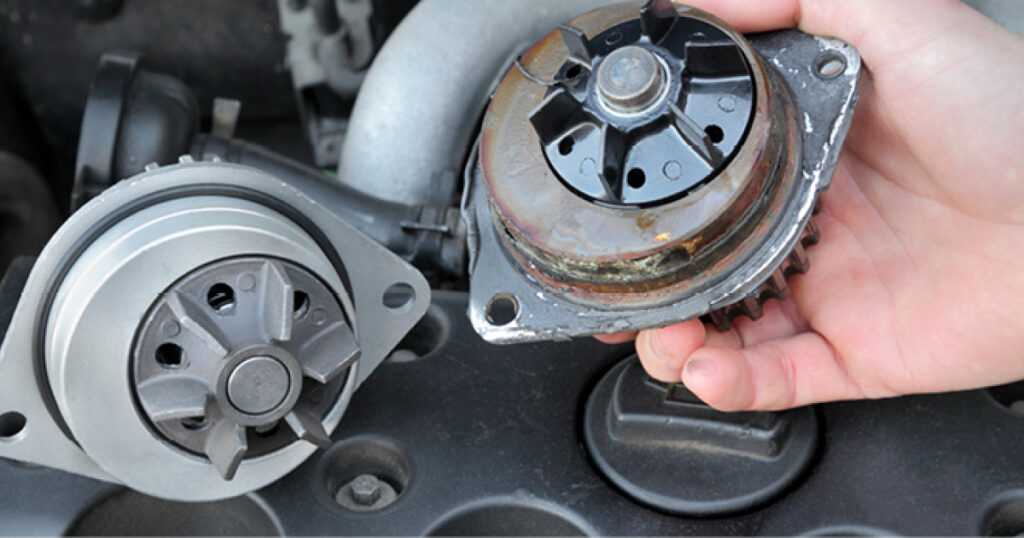
A water pump is in charge of pumping coolant around your car’s cooling system. The coolant moves back and forth through the engine to maintain a constant temperature. Then it goes to the radiator to cool down before returning to the engine.
These are some of the clear symptoms to watch out for in a faulty water pump:
- Engine Overheating
- Leaking coolant: a puddle of orange, green, pink, red, or blue liquid.
- Whining Engine Noises
- Steam Coming From The Radiator: If you observe steam or white smoke coming out of your radiator, you are dealing with a failing water pump and an overheated engine.
Damaged Water Pump Testing
Take these steps to find out if you have a faulty water pump:
With the engine off, open your hood and locate the water pump pulley. With gloves on, grab it and wiggle it back and forth. There should be no movement, if there is, along with noise, it’s an indication you have a water pump problem.
What are the Symptoms of a malfunctioning Cylinder Head?
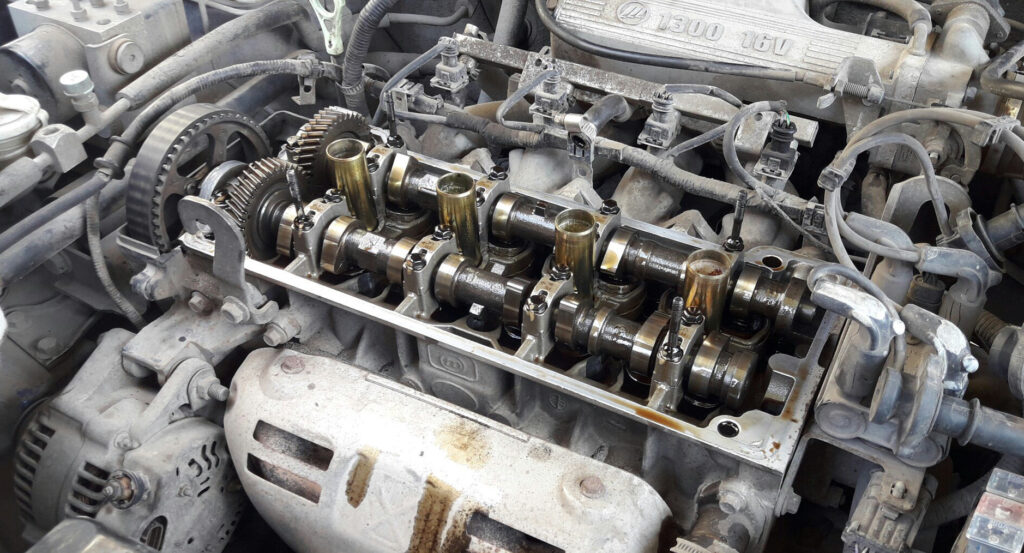
A cylinder head sits above the engine block and covers the engine’s cylinders, thus forming the combustion chamber. The head gasket secures the cylinder head and makes room for the channels that provide fuel and air to the cylinders.
These are some of the clear symptoms to watch out for in a bad cylinder head:
- Reduced Engine Performances: Due to inefficient combustion of fuel.
- Smoke From Under the Hood: In case of cracks in the cylinder head, exhaust gases will pass through the head.
- Oil Leaks
- Engine Misfires
- Drop-In Coolant Level
Cylinder Head Crack Testing
Take these steps to find out if you have a bad cylinder head:
We should look for external or internal leaks from the cylinders. Do this by blanking the water outlets on the cylinder head and then pressurizing the cylinder head with compressed air at 40psi. Then confirm if the cylinder head is leaking.
What are the Symptoms of a Blown Head Gasket?

A head gasket is a ringed panel between the cylinder head and the engine block. It is placed as a barrier that prevents engine fluids from leaking into the cylinders.
These are some of the clear symptoms to watch out for in a blown head gasket:
- Loss of power: The cylinder’s compression is decreased, causing the engine to function poorly.
- Engine overheating
- White Smoke: white smoke comes from the exhaust.
- Oil contamination: a milky sludge on the bottom of the oil filler cap.
Blown Head Gasket Testing
Take these steps to find out if you have a blown head gasket:
Simply check under the oil filler cap. If the gasket is not damaged, the inside of the oil cap will be mostly dry. If you discover a milky brownish-yellow substance that is similar to the thickness of a milkshake, you probably have a gasket leak.

